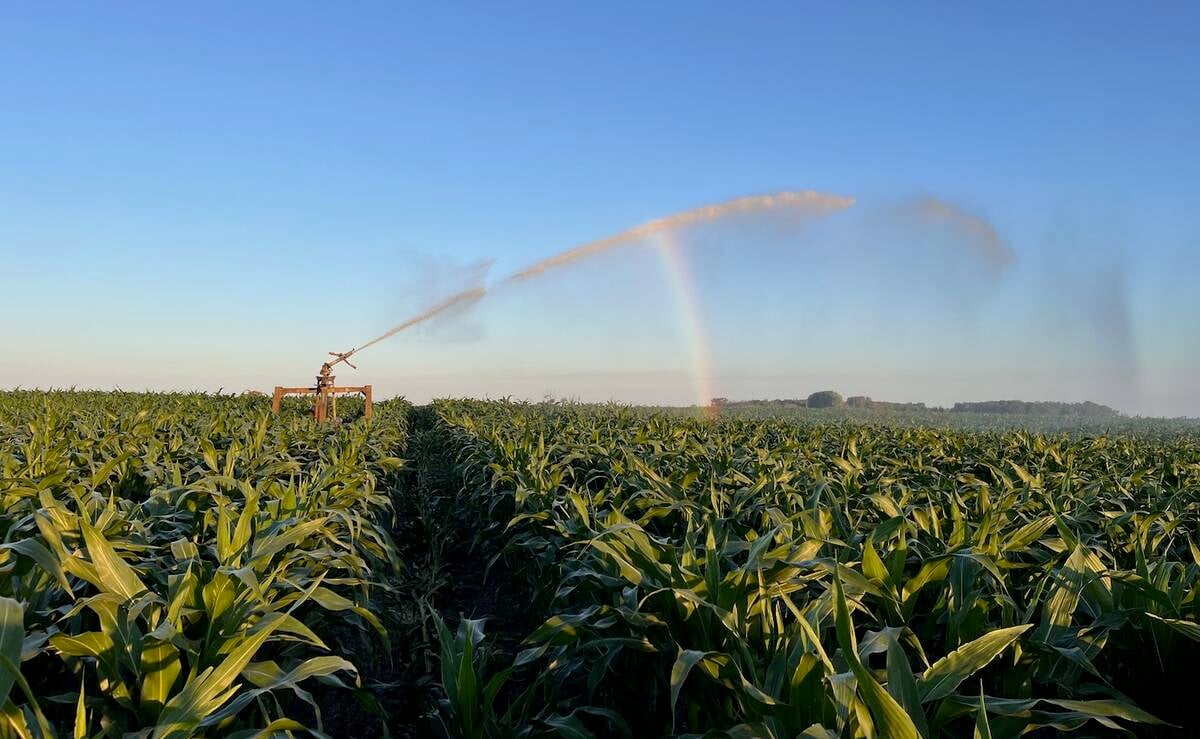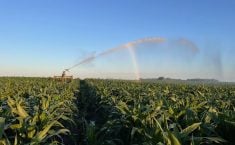The following is part of a series outlining the agricultural policy priorities of Canada’s major federal parties. Also, see our overview of Conservative Party ag priorities.
The New Democratic Party wants to put Canada back on the map in research and development in agriculture.
NDP agriculture critic Richard Cannings spoke about his party’s positions on agriculture at a webinar hosted by the Agri-Food Innovation Council Dec. 9. He said Canada is trailing other countries in terms of investment in agriculture research and development, and that is something the NDP would push to improve.
Read Also

Alberta Agriculture First: A new mandate for Alberta’s ag minister
The Minister for Alberta Agriculture and Irrigation, RJ Sigurdson, received his new mandate letter from the premier. The suggestions in the letter are a blueprint to driving agriculture in the province ahead.
He said supporting research at all levels would be among the party’s highest ag-related priorities.
“Keeping our farmers, our producers, really at the head of innovation in the world, that’s where it really counts,” Cannings said.
Why it matters: The possiblity of an early election has picked up steam given the Liberal leadership upheaval and all Canada’s federal political parties are getting their electoral ducks in a row.
He added a more unified national strategy would help push agri-food research forward and address some of the current system’s barriers.
“It’s got to include all parts of the system,” Cannings said, “not just the scientists, not just the farmers, but the companies that are developing these innovations, the transportation systems.”
Cannings did not offer a specific policy plan on behalf of the NDP. He said the NDP is limited in its research capabilities compared to other federal parties, and instead rely on input from industry groups to inform their work.
“The Conservatives probably have 100 people working on research across all aspects, and the Liberals have the whole civil service,” he said. “I wouldn’t say we’re limited, but what we do is take advantage of groups like (AIC) that come to us and say, ‘this is what our sector needs,’ and we look at your proposals.
“I can’t say I have all the answers, but that’s what developing a strategy is all about, bringing all those groups together and coming up with a system that would really work much better than things are working now.”
Cannings made a point to emphasize how Canada trails behind much of the rest of the world in its support for agri-food research and innovation.
“We are way behind other countries of similar sizes on the amount of investment we put into research and development, and that’s been a problem for years,” he said.
“We have to make sure that the farmers and companies that want to get involved in that innovation have government supports where necessary… We have to really double down and make sure we up our investments in research and development.
“It’s hard to find a country that’s putting less in (research and innovation) than Canada, especially when you’re talking about G7 or G20 or OECD countries.”
He said providing government supports to research at universities and private companies will give Canadian agri-food a competitive edge.
Another solution Cannings proposed was “harmonizing” with trading partners’ regulations so Canada can compete in the same markets as them.
“Just in terms of basic farming, most countries subsidize their farmers much more than we do help them out,” he said. “I think in general, we just don’t value farms and farmers and agriculture enough.”
He said innovation is part of what keeps Canadian agriculture “ahead of the game,” and mentioned variety development as an example. Cannings represents a riding which includes the southern Okanagan valley in British Columbia, where many fruit varieties are developed.
“I was last in New Zealand, and you stop to buy cherries there, and I asked them, what kind of cherries are these? And they say, ‘Oh, it’s lapins and sweethearts,’” he said. “Both those varieties were developed by Agriculture Canada in Summerland (B.C.)”
Cannings said the NDP is concerned about is the capital gains tax, another topic of major concern among Canadian producers.
“I’ve always talked to young farmers here, and their main question is, how do we even get into … farming? Because just to buy the farm, buy land for the farm here would cost millions of dollars, let alone (to) actually get going with the operation.”
He said he thought there were “unintended consequences” with the tax, but the NDP would look at any government proposal on the issue to see if it accomplishes the goal of easing costs for Canadian farmers.















